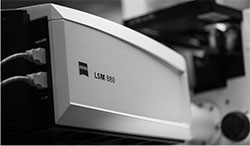Figure 1. Early endocytic compartments in human T cells
Intense illumination of FM1-43 in fixed specimens in the presence of oxygen and diaminobenzidine (DAB) catalyzes the polymerization of DAB into an insoluble osmiophilic reaction product that can be visualized by electron microscopy (Figures 1-4).
Electron micrographs showing representative images obtained from resting (A-C) and activated (D-F) T cells exposed to FM1-43 for 20 min at 24o C, followed by washing to remove dye from the PM. The photoconversion reaction product (dark staining) appeared within the cytosol of resting (A-C) and activated (D-F) T cells. (B) and (C), Early endosomes in resting T cells. The arrow indicates a primary endocytic vesicle. (D), A pool of early endosomes (dark staining) stretching from the PM toward the nucleus. (E & F), Enlargements of the boxed areas (1) and (2) in (D). Note tubular structures that appear to be formed by several small vesicles (arrows). Note fusion of FM1-43-positive vesicles with small perinuclear multivesicular bodies (MVB, arrowheads), whereas large MVB (* in E and F) do not accumulate FM1-43 . N - nucleus. Scale bars are 0.5 mm.





 Make a donation using our secure online system.
Make a donation using our secure online system.